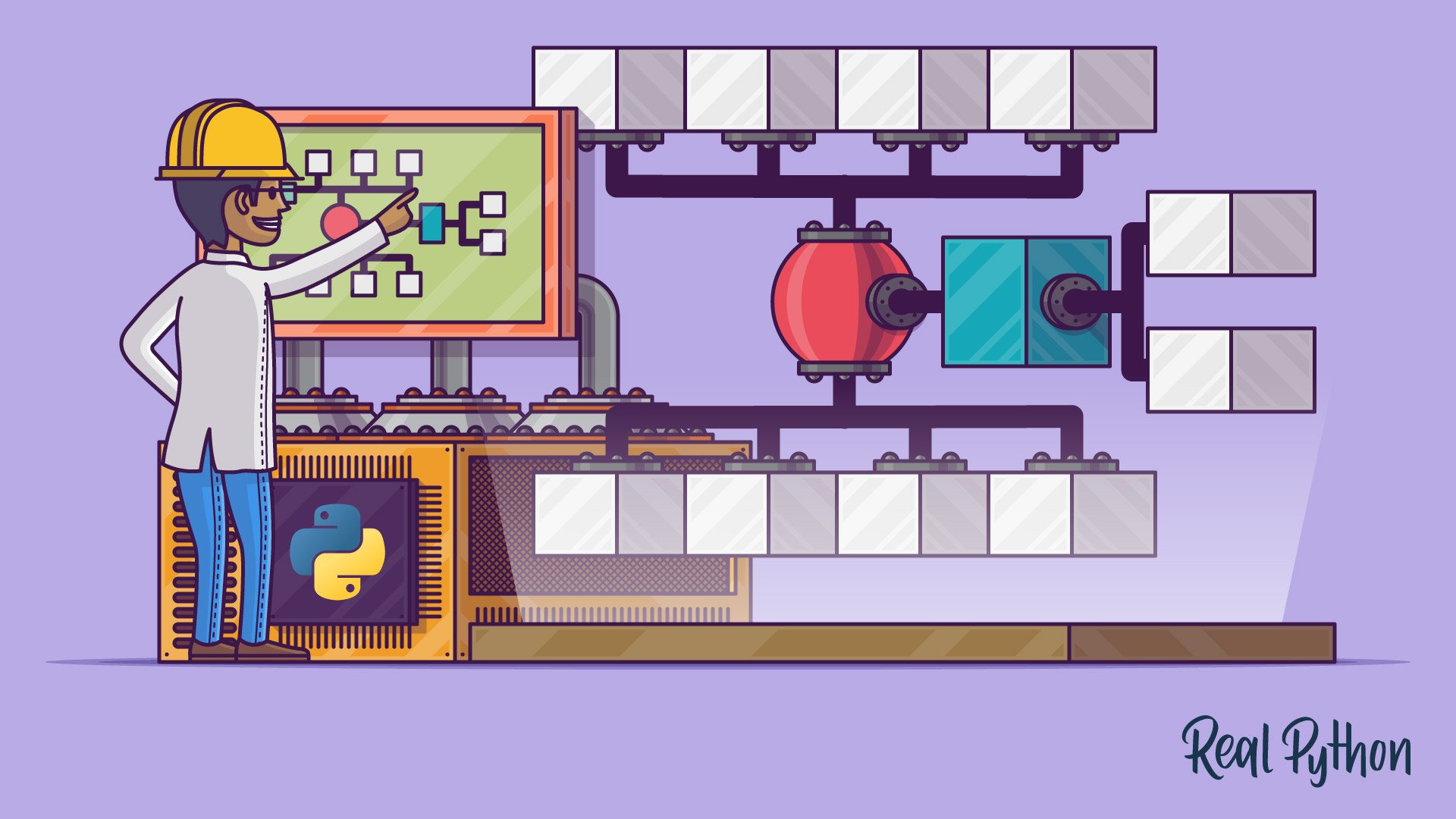There are a variety of ways for storing and managing data in your program and the choice of the right data structure has an effect on the readability of your code, ease of writing, and performance. Python has a wide selection of built-in mechanisms that meet most of your data structure needs. This course introduces you to two types of data structures: data records and sets.
There are multiple types and classes for both of these data structures and this course discusses them and provides information on how to choose the right one.
In this course you’ll learn about:
- What are the advantages of using the built-in
dicttype as a Data Record - What flexibility do DataClasses add for Records compared to regular Classes
- How to store C-type Data with
struct.Struct - How to define Sets
- Where to use a Frozenset
- How to create a counter with a multiset
This course is the second part of an ongoing series, exploring how to find the right Data Structure for your projects. The first course is Dictionaries and Arrays: Selecting the Ideal Data Structure and the third part is Stacks and Queues: Selecting the Ideal Data Structure.
What’s Included:
- 5 Lessons
- Video Subtitles and Full Transcripts
- 2 Downloadable Resources
- Accompanying Text-Based Tutorial
- Q&A With Python Experts: Ask a Question
- Certificate of Completion
Downloadable Resources:
Related Learning Paths:










fairchild
A couple months ago I was working on a script that involved character encoding. As part of it, I tried teaching myself re little and big endianness. At the time I only was able to grasp just to the point where it was practical for the project I was working on at the time. Your discussion re here explained it much better than I had previously. Thank you.